I have an excel file with cells with addresses.
3 different data examples:
123 Main Street/n Apartment2 /n New York, NY 10001
123 Main Street/n New York, NY 10001
123 Main Street
I would like to split it into three separate fields. However, as the above data shows, some will have 0 occurrences of /n, some will have 2 occurrences. and some will have 3 occurrences.
I can handle one occurrence, with: =LEFT(E6, SEARCH(" /n",E6,1)-2) =RIGHT(Export!E6,LEN(Export!E6)- SEARCH("/n",Export!E6,1)-1)
However, my formula starts breaking down when there are variable number of /n
Any suggestions?

